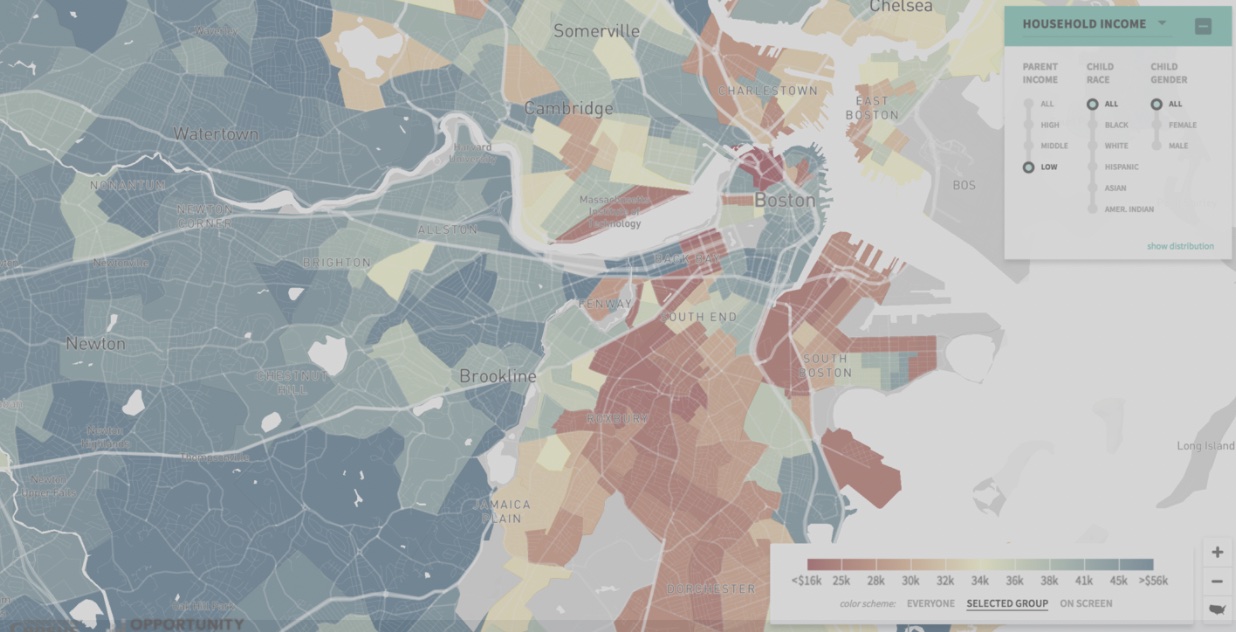Department of Art + Design is offering new and notable topics in courses this spring.
Course substitution may be considered with approval. Graduate students, please reach out to Amelia Keany, CAMD Graduate Programs Coordinator with your request. Undergraduate students please reach out to [email protected].

ARTG 5000.1 Smart Textiles & Wearable Computing
CRN 39728
Tues 1:35 pm – 5:05 pm
6 open seats
Instructors: Bolor Amgalan
Presents a hands-on introduction to smart textiles and wearable computing. Introduces a variety of material processes, biometrics and soft circuitry, fusing textile crafts with electronics and programming. Explores how wearable technology can be used as a material for design and innovation. Offers students the opportunity to craft ‘soft’ interfaces that open new materialities, new sensory experiences, and new forms of expressions. Examines the implications of work on interface design, product development, sustainability and society at large through the lens of disability studies, critical fashion theory, data visualization and sustainability studies. Offers students the opportunity to build a portfolio-quality wearable technology prototype that addresses a contemporary topic.

ARTG 5000.2 Human-Centered Artificial Intelligence
CRN 39574
Instructors: Dakuo Wang
Mon 1:35 pm – 5:05 pm
10 open seats
An introduction to how system-side AI works as well as how human-side mental models are made. Through a combination of critical readings, case studies, group discussions, and course projects, students will gain an understanding of the rapidly evolving human-centered AI field. Up to each student’s learning objectives, they may also practice design, development, or user research skills to prepare for their future career in AI.

ARTG 5000.3 Paper: Mechanics & Package Design
CRN 39806
Tues 1:35 pm – 5:05 pm
Instructors: Todd H. Linkner
As a material, paper has many unique properties: it’s foldable, flexible, moldable, lightweight, strong, easy to cut, recyclable, and biodegradable. While graphic design courses focus on paper as a printing medium, paper and paperboard hold many possibilities for three-dimensional and interactive forms, as seen in volvelles, origami, kirigami, pop-ups, and structural forms in packaging and product design. In this hands-on course, students will use paper to introduce mechanical motion and dimension to graphic and information design and create three-dimensional objects and packaging. We will build on experience design methods for material exploration, ideation, prototyping, and evaluation, drawing from examples where paper and folding have inspired developments in computing and engineering, robotics, architecture, product design, packaging, and information design. Students will work with hand-crafted prototypes and laser and CNC cutters combined with print. Students will assess the impact of design decisions on other parts of packaging systems and logistics, such as shipping, storage, and merchandising, through lifecycle mapping. We will also examine the ethical, social, and environmental responsibilities in the design of mass-produced objects and the role of paper in sustainability initiatives as a substitute for plastics.

ARTG 5000.4 Diagramming as a Thinking Tool
CRN 39631
Instructors: Carmen P. Hull
17 Open seats
Diagrams can be said to exist in a category of their own, distinct from other drawing methods such as sketching or drafting. They are too stylized to be drawings, yet too imprecise to be plans, operating, as Somol states, “precisely between the form and the word”. Containing a relatively common set of symbols and text across all domains, the power of the diagram lies in the conceptual and contextual relationships that emerge from a conversation between metrics and narrative. In this course, students examine the use of the diagram as a thinking tool that has aligned architectural methods with generative design, machine learning and systems thinking. Students study facets of spatial cognition, information design, semantics, and the evolution of pattern languages to develop skills in creating a system of communication that is modular, repeatable, and ecological.

ARTG 5000.5 Data Science for Social Progress
CRN 39632
Instructors: Nabeel Gillani
17 Open seats
Advances in computational methods—combined with the growing availability of new datasets—are creating new opportunities to use statistics and analytics (key parts of “data science”) to understand and shape our world. This is true in the commercial realm, but also when it comes to entrenched social challenges like income inequality, educational disparities, healthcare inequities, climate change, criminal justice, and polarization / misinformation on social media. While the potential applications of statistics and data analysis methods are immense, their benefits are not always distributed equitably across different groups, calling for an accompanying critical inquiry into how these tools may unfairly serve or disadvantage certain groups over others. Furthermore, while new computational techniques and findings continue to emerge, there are critical open questions about how to most effectively visualize and communicate their inner-workings and downstream outputs to organizations, decision-makers (in business, policy, etc.), and everyday people. This makes statistics and data analysis a design problem, as much as or perhaps even more than, a computational one. The overarching purpose of this course is to help you acquire a working understanding of foundational statistical and data analysis techniques in order to investigate, and contribute to, data problems across domains. Throughout the course, we’ll particularly explore applications of various statistical and data analysis techniques to pressing social challenges and issues—and the extent to which these tools can help advance or even hinder “social progress” (a complex and slippery idea, which we will continuously return to and debate throughout the class). Python will be the main analytical tool we’ll use, but you are not required to have prior experience with Python. Through an introductory lab and a series of empirical projects, you will have a chance to build and expand skills in modeling, analyzing, visualizing, and communicating data using Python. We are all continuously learning, and whether you’ve had exposure to the tools and topics we’ll explore through this course or not, our hope is that you’ll find this process to be exciting and enriching.

